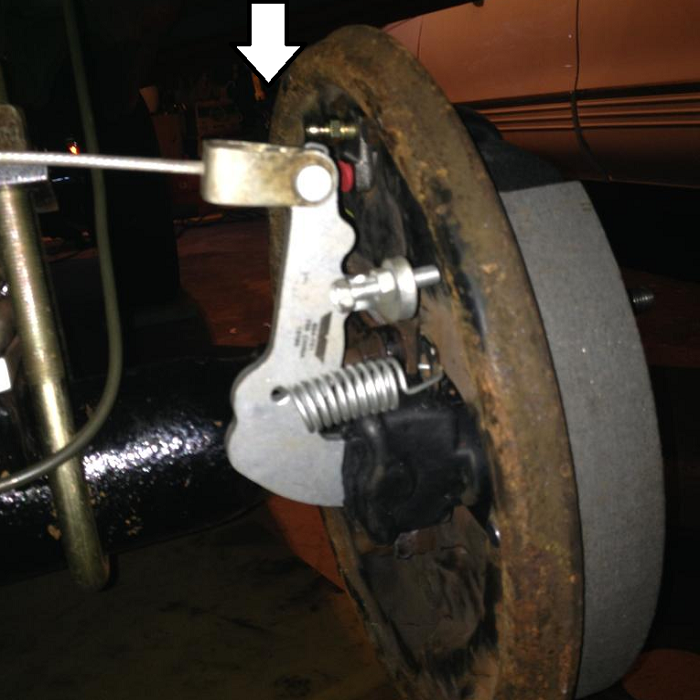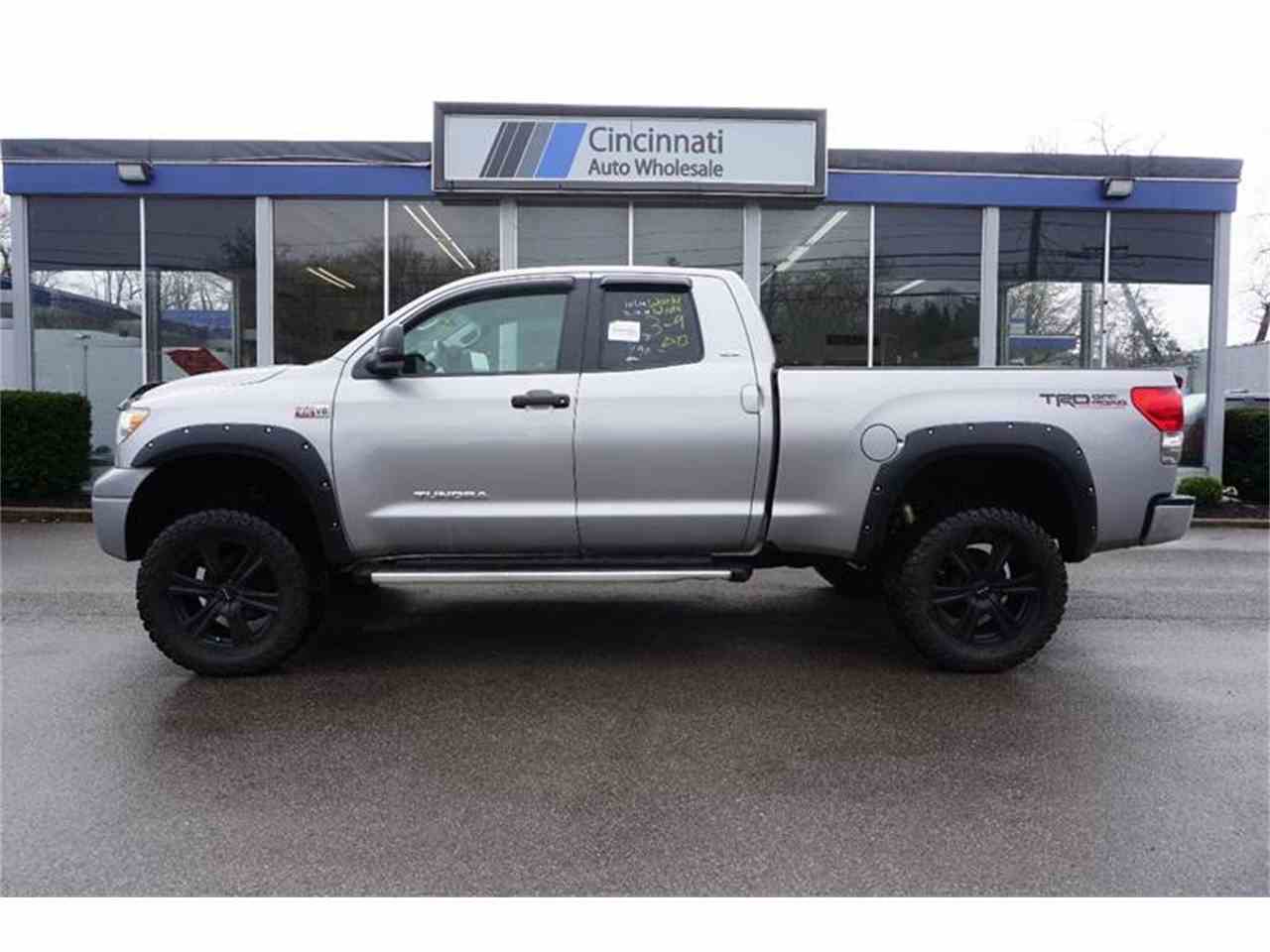Toyota Tundra Service Manual Brake System 2007


2005 Toyota Tundra Service Manual Download
What is the brake hydraulic system? Nearly all passenger vehicles use the very reliable hydraulic brake system. At a minimum, the system is composed of a master cylinder, which pumps brake fluid through brake lines, wheel cylinders or brake calipers that actuate the brake pads or shoes, and brake rotors or brake drums that rotate with the wheel until acted upon by the pads or shoes. In order for the brake system to function properly and reliably, the brake fluid must be serviced regularly, including flushing and bleeding the brake fluid to prevent corrosion, air, or water from causing damage in the brake system. Which should I get, a brake fluid bleed or a brake flush?
The brake bleeding process involves manually pumping enough new fluid through your brake lines to eliminate any air that may be in them. This can be done either by one person, using an external hand pump, or by two people, using the car’s brake pedal.
The vehicle’s four brakes are bled individually, using a bleeder screw found on each caliper or wheel cylinder. People with good knowledge of hydraulic braking systems can learn how to bleed brakes themselves, or a mechanic can handle it instead. The brake flushing process goes a step beyond. Flushing replaces all of your old brake fluid with clean, new fluid.
This procedure is often done with a powered flushing machine, which attaches to the brake fluid reservoir where the cap would normally screw on. New brake fluid is forced through the entire hydraulic system until the fluid that exits the system is clean. Flushing gives you all new brake fluid throughout your braking system. Here are a few guidelines on whether you should bleed or flush your brakes when servicing them: What does the manufacturer recommend? Check your owner’s manual or service booklet for the manufacturer’s suggestions on when and how to service your brakes. If there’s no recommendation for flushing your brakes, it’s usually not necessary, especially if you have followed the recommended service intervals and the fluid looks translucent or clear, not dark and murky. Are there signs of a braking problem?
Using these online resources, you will be able to find just about any form of manual, for almost any product. Additionally, they are entirely free to find, so there is totally free (read cloudamericainc-library.com: privacy policy). Allez viens french 2 study guide.
2007 Toyota Tundra Parts; 2007 Toyota Tundra Brakes And Traction Control; 2007 Toyota. Master Cylinder Reservoir Repair Manual - Vehicle Maintenance. Repair manual Toyota Tundra. 2000-2007 Toyota Tundra, Sequoia Repair Manual. Brakes Suspension and steering systems Body.
Have you noticed that your brake pedal feels squishy? Does your vehicle require a longer distance to stop lately? Is your brake fluid dark, or does it have particles and debris floating in it? If you notice any of these symptoms, get your car to your mechanic immediately. Have your braking problem diagnosed and repaired right away, before things get worse and you are totally unable to stop.
If your fluid has deteriorated and needs replacing, then a flush is an appropriate step toward restoring the effectiveness of your brakes. What are symptoms that may be fixed with a brake system bleed? The most common cause necessitating flushing and bleeding brake fluid is a standard brake service. However, if the fluid is noted to be extremely old, dirty, and hazardous to rubber brake system components, a flush and bleed service should be completed. Also, when there is a brake fluid leak, this service will be completed to remove air from the system. Lastly, if the, and the service brakes are not performing to standard, the brake system will be bled and flushed to eliminate air from the system.
This will be performed after verification and repair of the source of air. What to look out for when dealing with brake hydraulic system bleeding During a scheduled brake service, the fluid is normally changed and bled. This is because technicians understand the necessity of releasing brake fluid from the brake calipers and wheel cylinders to prevent damage to anti-lock brake components by pushing fluid or debris into the ABS module. When this is done, the fluid may appear clean and clear, but if the factory recommends changing, the best course of action is to follow that guidance.
Can I perform a brake system hydraulic system bleed myself? The braking system can be maintained by a DIYer with a complete knowledge of hydraulically actuated systems. This is important as testing brake operation, and safely servicing braking components rely on this knowledge.
If the complete braking system is not understood, damage to the expensive braking components, or injury is likely. Especially when poor braking performance is the symptom, failure to perform this task can lead to a collision. Trusting a professional technician with the replacement of any braking component is normally the best course of action.